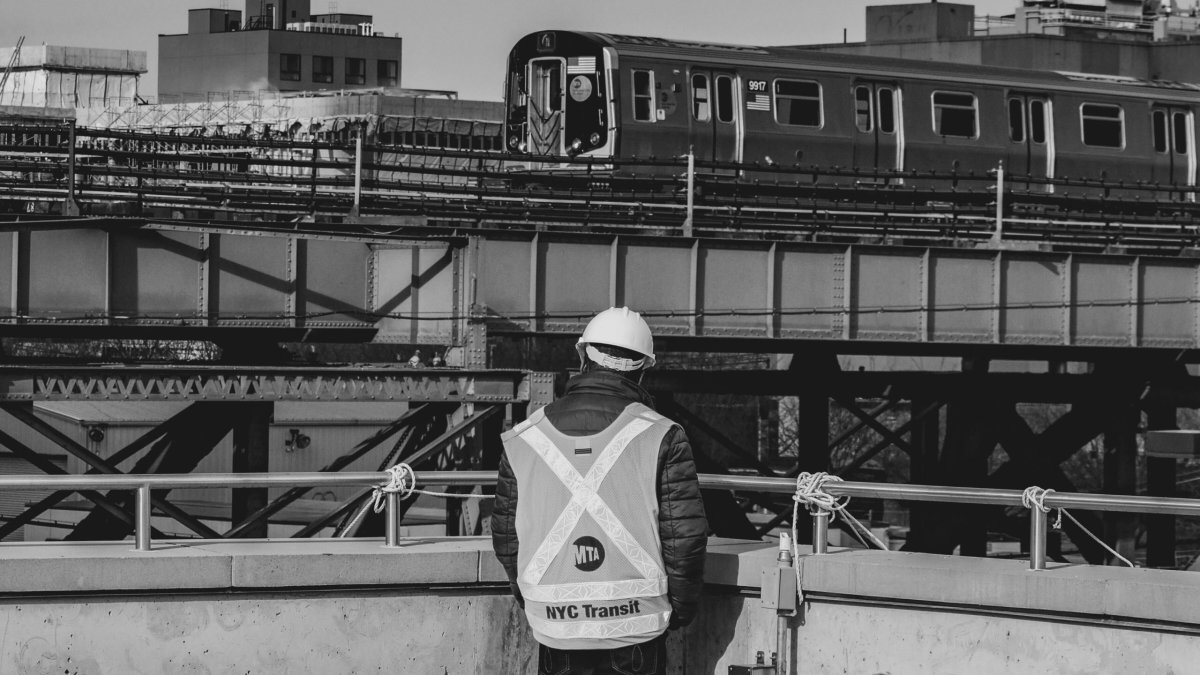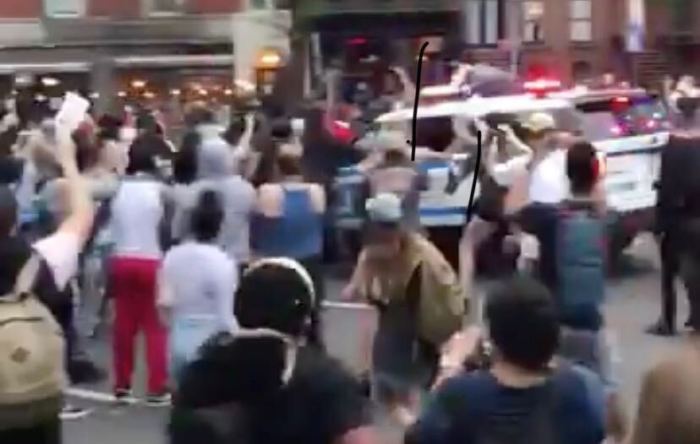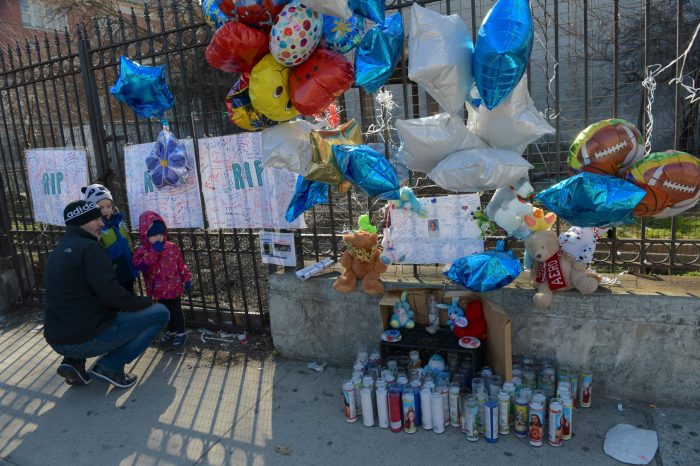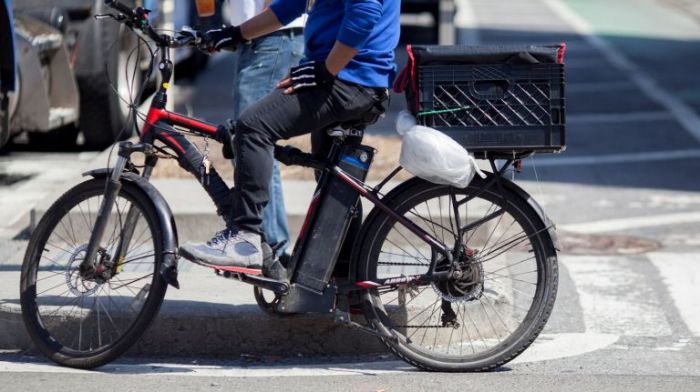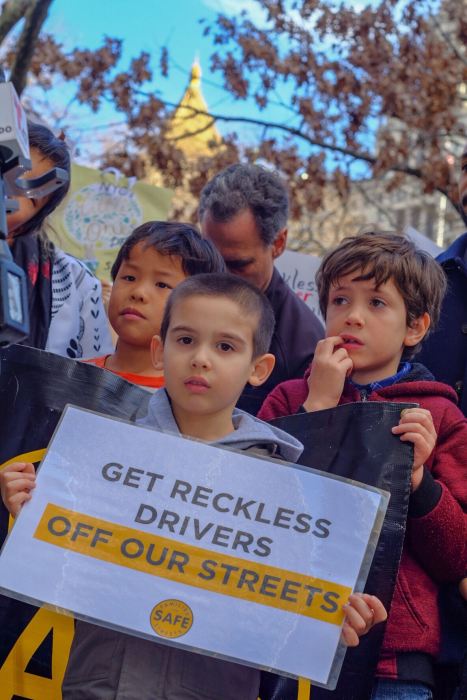From death itself to financial devastation, 2020 was a bitter one for New York’s transportation agencies and advocates who found little respite in a year we would all rather not look back on.
That said, here’s looking back on tragedies and near-misses in a once-in-a-century pandemic that left New Yorkers wondering how the basics in a way of life we all love and loath at the same time will ever be the same.
Streets aren’t getting any safer
Despite the arguable advances made by the de Blasio administration over the last seven years with Vision Zero, streets are getting deadlier once again for New Yorkers. In 2019, 29 cyclists were killed in the city which was the highest since 1999; 2020 has seen over 234 roadway deaths total, up from 208 at the same point in 2019.
The opportunity to seize empty streets during the height of the first wave of COVID-19 was squandered by the de Blasio administration who failed grab space for cyclists, buses and pedestrians, according to Danny Harris, executive director of Transportation Alternatives.
Now, New Yorkers have seen how much better life can be when less of the concrete jungle is handed over to automobiles.
“We could have been converting much more street space and supportive our recovery, which would be for protected bus lanes protected bike lanes, or spaces for social distancing. Again, you know, our mayor controls in the streets. These are all things under his purview that if he had prioritized them,” Harris said. “Our streets need to be built for people and now New Yorkers, unfortunately due to COVID, have had a chance to see the positive impact of what it means when you reduce traffic. You can hear birds in your neighborhood, you can breathe clean air, you can walk outside without fear of traffic violence.”
Key missed opportunities lie in funding programs like the Green Wave Plan, the Dangerous Vehicle Abatement Program and Streets Master Plan, according to Harris.
What did the mayor’s office accomplish?
The OpenRestaurants program has seen up to 10,850 restaurants utilizing street and sidewalk space to serve customers as indoor dining is only made a brief appearance at 25% capacity in late summer. The majority of businesses, 5,563, are using both sidewalk and asphalt to sustain themselves.
Instead of delivering on 30 miles of bike lane promised in 2020, New York City is on track to deliver 25; a far cry from the 400 new miles promised to Parisians by Mayor Anne Hidalgo.
There are about 545 miles of bike lane in the five boroughs which has up to 8,000 miles of roadway.
The city Department of Transportation has built out about 10 of the 20 miles of bus lanes promised in 2020, something advocates of mass transit say would have reduced capacity on roadways.
The Metropolitan Transportation Authority
The prospects of 2020 started strong for the MTA.
They adopted an historic $51 billion capital plan that would bring the subways and buses into the 21st century after decades of stagnant upkeep that brought on widespread delays from an aging, 100-year-old system. Capital plan would bring communications-based train control in to replace the analog signal systems in place while making stations more accessibly to those with disabilities and redesigning the bus networks of each borough.
Although early in the year, it did not seem like things could get much worse than beloved former New York City Transit President Andy resigning during the same board meeting that saw the adoption of the 2020-2024 capital plan in January.
With the capital plan a go and 2020 looking bright, COVID-19 almost immediately began delivering body blows to the MTA in March with a mass exodus from subways, buses and commuter railroads that left the agency with less than 10% of its previous ridership.
Going to Uncle Sam to make up the revenue loss from fares resulted in $4 billion from the CARES act that would carry the agency through July. But it would be the last bit of financial good news for the MTA until December.
April would see a troubling infection rate among transit workers with 33 deaths early on, which would soon grow to a total of over 130. During these first two months of the pandemic, so many workers would be out sick with COVID-19 or suspected cases that the MTA would cut service by 30% for lack of personnel.
The agency would enact aggressive reforms to stem the suffering of their workforce distributing masks to all employees despite health recommendations only advising that those infected should wear one. MTA officials ordered that buses all board at the rear door and fares would not be collected again until August to protect drivers.
Then one of the most controversial decisions came down from MTA headquarters and Governor Andrew Cuomo’s office: for the first time in its history, the subways would close overnight between 1 a.m. and 5 a.m. starting in May.
During these hours, scrubbing of transit and stations would take place while police and social workers would remove homeless people from the system.
By June, it would become apparent that the pandemic would drain MTA coffers of $500 million per month with no additional help from the federal government. A $16 billion deficit loomed by the end of 2024 with the way things were headed.
For MTA leaders, it would seem their only option would be to cut subway and bus service by 40%, commuters train service by 50% and consider a 4% fare hike in order to being their finances under control.
With the fear of God in New Yorkers who would have to pay more for less service being apparent at a series of toll hearings, the MTA came up with a less drastic plan: They would borrow $2.9 billion from the Federal Reserve while holding out for a $4 billion infusion through a stimulus package from Washington legislators. The MTA would postpone their “doomsday” service cuts.
As a new COVID-19 relief bill was agreed upon by Democrats and republicans on Capitol Hill on Dec. 31, MTA officials breathed a sigh of relief.
“This crucial funding will allow us to get through 2021 without devastating service cuts and layoffs of over 9,000 colleagues,” MTA Chairman Pat Foye said. “To be clear, we are still facing an $8 billion deficit in the years ahead, but this is a promising first step that will help protect the local, state and national economies in the short term. We hope any future bills will fully offset the impact of the pandemic as there can be no recovery without a strong public transportation system serving as the engine for progress.”
A grand plan for the Northeast Corridor
But as the year draws to a close, literally, on Dec. 31, capacity in the Northeast Corridor will be expanded in new ways with the opening of the long anticipated Moynihan Train Hall.
Governor Andrew Cuomo first announce the Farley Building, a former post office in Midtown, would undergo $1.6 billion in renovations that would it transformed into an annex of Penn Station next door to serve Long Island Rail Road customers and Amtrak commuters.
The governor’s office envisioned the Moynihan Train Hall in 2017 as a revival of what was lost in 10970s as the Pennsylvania Railroad pulled out of Penn Station, dismantling the the grandeur of the station itself on the way out and essentially leading to the creation of the Landmark Preservation Commission.
“New Yorkers have known for decades that Penn Station needed to be reimagined — and after years of work, the Moynihan Train Hall will open on time and on budget at the end of 2020,” Cuomo said in a statement. “This monumental accomplishment is a shot of hope as we come out of one of darkest periods in our history and sends a clear message to the world that while we suffered greatly as a result of this once-in-a-century health crisis, the pandemic did not stop us from dreaming big and building for the future. The new Moynihan Train Hall is the embodiment of New York Tough.”
Moynihan will give LIRR and Amtrak customers 17 new tracks accessible from nine platforms and relieve congestion in Penn Stations after what the governor called the “summer of hell” when service was cut to make long-overdue repairs to the old station.
With constriction coming to a conclusion on Dec. 31, the state expects commuters to begin using the train hall on Jan. 1.



